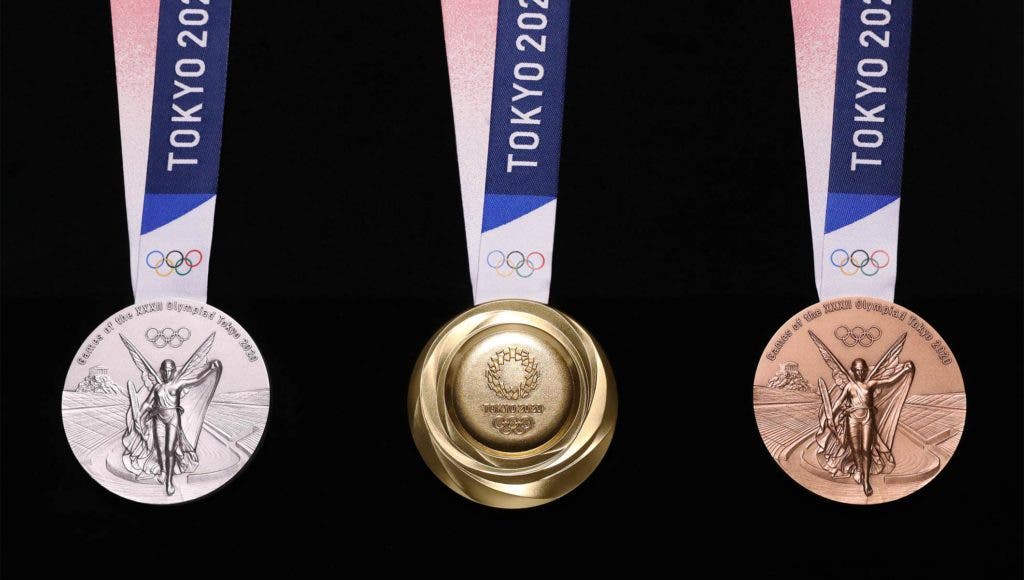Set to begin on July 2020, the Tokyo 2020 Olympic and Paralympic games will hand the winning athletes medals made from recycled electronic gadgets, the organizing committee revealed.

The newly-unveiled design comes after a two-year campaign called “Everyone’s Medal”, through which the committee collected electronic devices donated from the public. It received about 80,000 tons of gadgets total, including 6.21 million cellphones.
From the donations, the organizers extracted 32 kg of gold, 3,500 kg of silver and 2,200 kg of bronze for the approximately 5,000 medals needed. The materials were used by the designer Junichi Kawanishi, chosen among 400 professional designers and design students.
The chosen design for the medals shows the Tokyo Olympic emblem on the front and the Greek goddess of victory at the back. The guidelines of the International Olympic Committee say the design has to include the Olympic symbol featuring the five rings, as well as the official name of the games.
“My first impression was that they are very shiny,” Takuya Haneda, a Japanese slalom canoeist who won the bronze at the 2016 Summer Games in Rio de Janeiro, said at a ceremony in Tokyo to reveal the medals. “They achieve a gradation of light and shadow. The designs are wonderful.”
The gold medals are made from pure silver plated with about six grams of gold, while the silver ones are made from pure silver and the bronze ones from gunmetal. The side of each medal will be inscribed with the name of the event for which it is presented.
The gold and silver ones will be the heaviest ever used at a Summer Games, weighing in at 556 and 550 grams, respectively, with a diameter of 85 millimeters, the organizing committee said.
The medals were designed to “resemble rough stones that have been repeatedly polished and now shine brightly, reflecting the athlete’s journey from beginner to Olympic champion,” according to a statement by the organizing committee.
Alongside the medals, the ribbons from which they will be hung are made from recycled polyester and employ traditional Japanese design motifs while incorporating the checked pattern of the Tokyo 2020 logo.
“We hope that our project to recycle small consumer electronics and our efforts to contribute to an environmentally friendly and sustainable society will become a legacy of the Tokyo 2020 Games,” Tokyo 2020 said.






